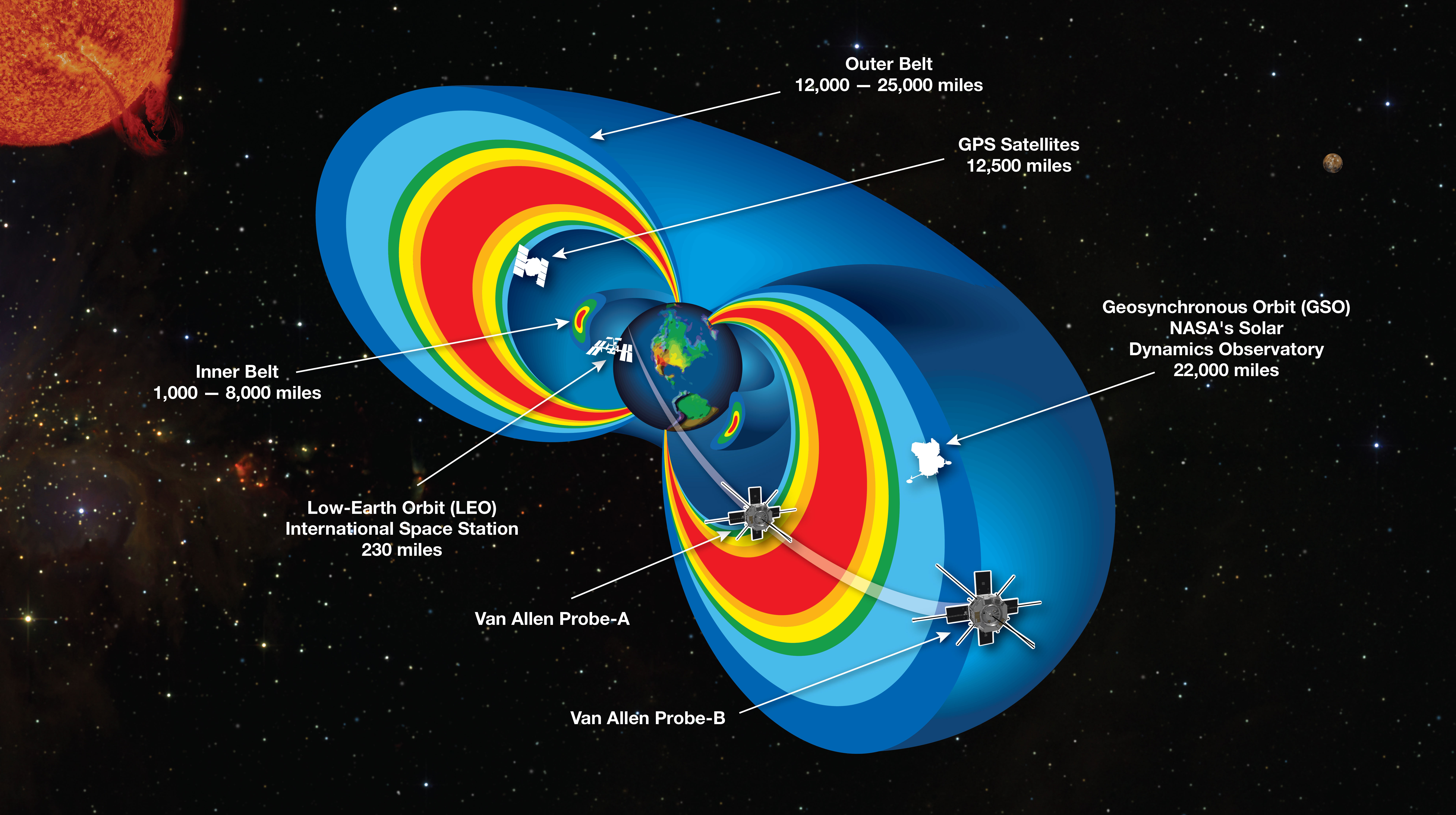BARREL Status Report #14
August 23, 2016
We had two great flights with BARREL Flights 4C and 4D. Both payloads survived the night and caught the Van Allen Probe conjunction early in the morning. Payload 4C also caught a conjunction with MMS yesterday though it doesn’t look like any precipitation was observed during the conjunction. We did see relativistic precipitation on both payloads when they were about 100 km apart so this will provide us with some information about the spatial distribution at smaller scales than we obtained during our Antarctic campaigns. Both flights were terminated on August 22 due to their location. Flight 4D was terminated at 1321 UT and Flight 4C was terminated at 1533 UT. The payloads landed about 12 km apart and both were recovered earlier today. We were very pleased to get some longer flights and are now well into turnaround. The next launch opportunity is tomorrow (Wednesday) at 1700 local time in Sweden.
Robyn




